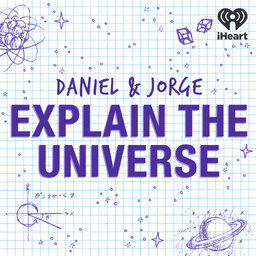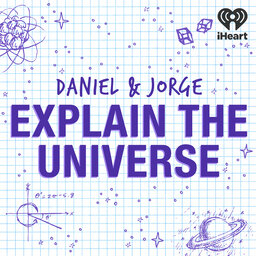What will the DragonFly mission find on Titan?
NASA is building an awesome drone to fly around the surface of Saturn's moon. What will it find?
Learn more about your ad-choices at https://www.iheartpodcastnetwork.com
See omnystudio.com/listener for privacy information.
 Daniel and Jorge Explain the Universe
Daniel and Jorge Explain the Universe


